Happy Birthday, KPRC
KPRC turns 82 this year, on May 9th, to be exact. But for an untimely death, it might have been on the air more than a year earlier, however. According to accounts published years later, sometime in 1923, Ross Sterling, Jr., son of the largest shareholder of the Houston Post company, Ross Sterling, Sr., had taken a course in radio from Alfred P. Daniel of WCAK at the Houston YMCA. The young man's fancy attracted the father's attention and Sterling, Sr., asked Daniel to meet with him about starting a Post radio station. Sterling had been urged by others, among them William P. Hobby, former Governor and President of the Post, to launch a station. The decision was made to proceed and according to at least one account, a 500 watt transmitter was ordered from the Westinghouse Electric Manufacturing Company. But by the time it arrived, Sterling, Jr., and died, and the grieving father ordered the transmitter put in storage without ever being uncrated.
More than a year later, Daniel again approached Sterling, Sr., about proceeding with the original plans. A major advertising convention was scheduled in Houston and Commerce Secretary Herbert Hoover was to be one of the speakers. In addition to announcing and programming skills and building his own equipment, Daniel was apparently a pretty good salesman. Sterling, Sr., relented and ordered the station set up. It was just 3 weeks before the convention but on Saturday, May 9, 1925, at 8pm, KPRC signed on with Alfred P. Daniel as its first announcer and program director. “Hello, folks, everywhere” were the first words spoken according to the official account. The station had just four employees.
The Post-Dispatch ran a front page story about the sign-on giving the line-up for all the dignitaries and entertainers that were to be on hand. They included three bands, one from Mexico City, one from St. Petersburg, FL, and the Humble Oil and Refining Co. Band from Baytown, the two former ones in town for the advertising convention. A regular nightly feature was to be a talk given by Houston Poet Laureat Judd Mortimer Lewis, a much loved entertainer of boys and girls. Incidentally, though May 9th is the date of the first broadcast, one source indicates the license was not issued until May 13. 
The new station’s studios were located at the Post-Dispatch building on the southwest corner of Polk and Dowling which the newspaper had just occupied in March. No plans had been made to house the station so improvised space had to be created. Studios were located in the fourth floor morgue or library, a very cramped space. KPRC operated at 1010 kc (296.9 meters) with 500 watts and the paper claimed the signal could carry 9000 miles. One mast atop the building and another in an adjacent field supported the flattop antenna.
According to an article published in a 50th anniversary edition of the Houston Press (Scripps-Howard) on May 9, 1961, it was frequently advertised the call letters stood for Kotton Port, Rail Center. That was the phrase which led off the Post’s review of the opening broadcast in the edition of Sunday morning, May 10.
By 1926 the KPRC studios were moved to the new 22 story Post-Dispatch 'skyscraper’ on the southeast corner of Texas at Fannin which was for many years the home for Shell Oil Co. in Houston, before the present One Shell Plaza was built in the 1960s. The Post-Dispatch plant on Polk and Dowling has been demolished while the building on Texas has recently been renovated and opened as the Magnolia Hotel. By 1929, the KPRC transmitter was relocated to Sugar Land and in 1934 the studios moved to the Mezzanine of the Lamar Hotel where they stayed until moving onto Post Oak Rd. near the present Williams Tower in 1953. In the 30s, KPRC and KTRH shared a transmitter plant at Deep Water on the La Porte Highway.
The image above is from the archives of the Houston Post-Dispatch at the Houston Public Library.
There will be more on KPRC in the AM Chronology section of this blog when I get to 1925 and in the Station Profiles section, plus profiles of some of the early performers.
Note: When KPRC signed on in 1925, the Post-Dispatch identified the transmitter as a Western Electric, not Westinghouse.



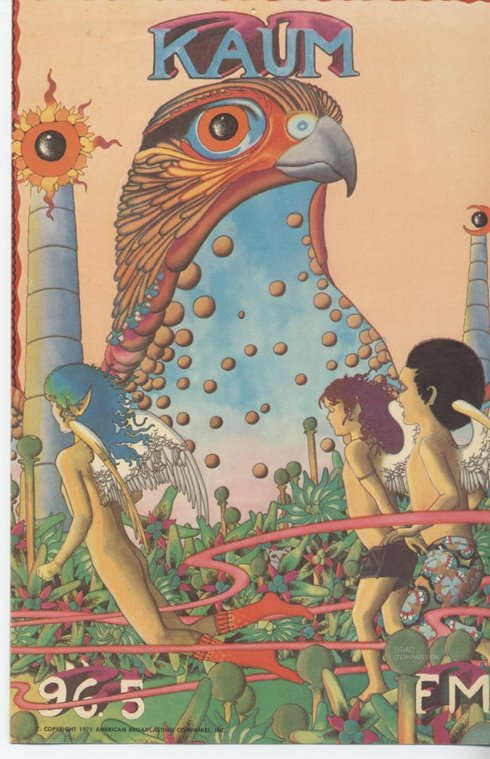
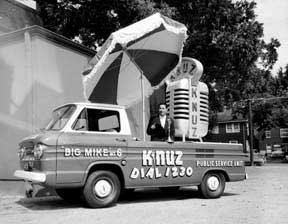


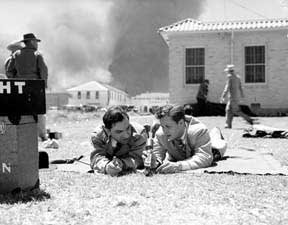
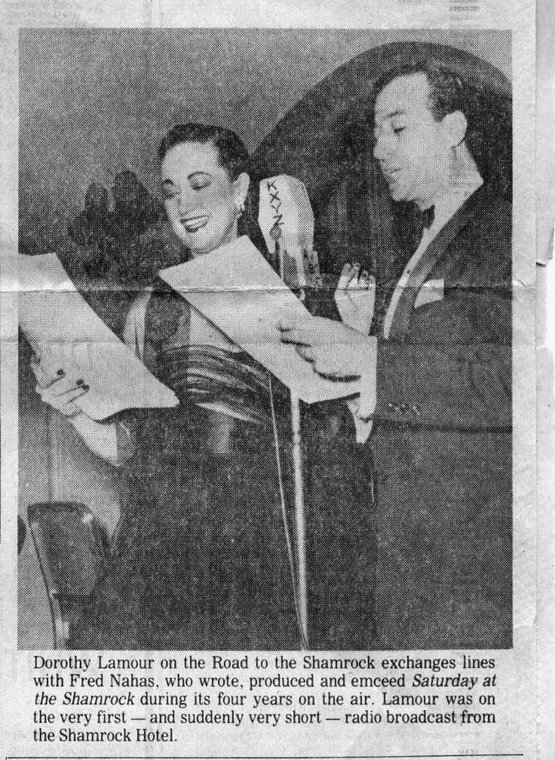
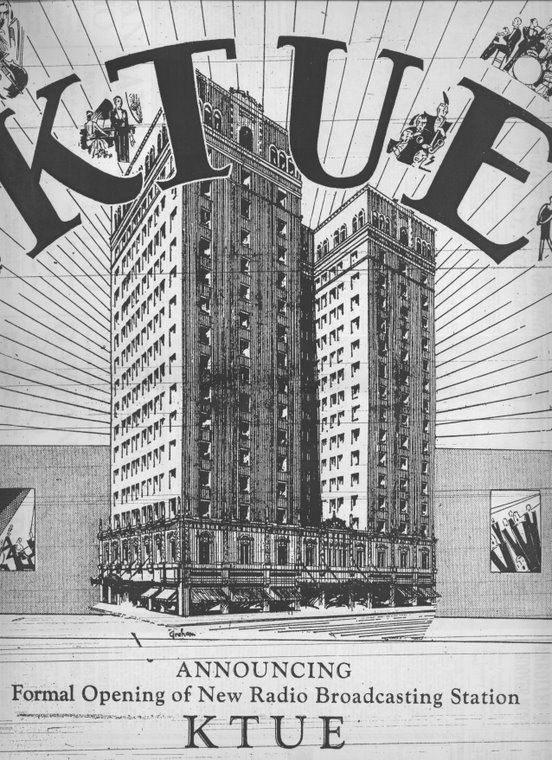
No comments:
Post a Comment